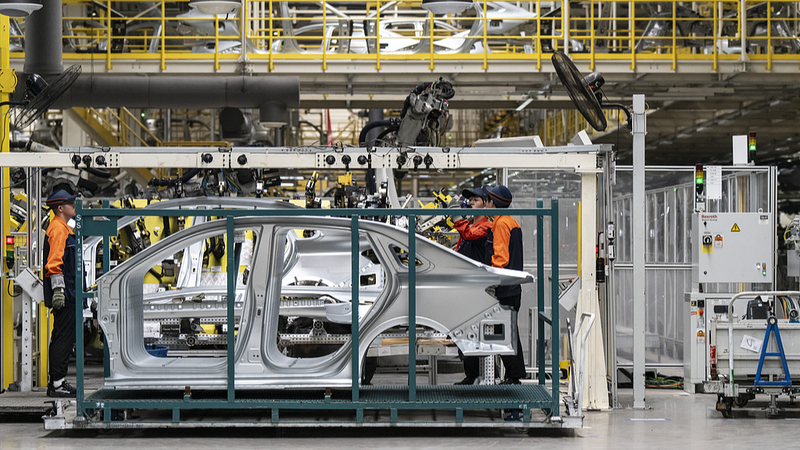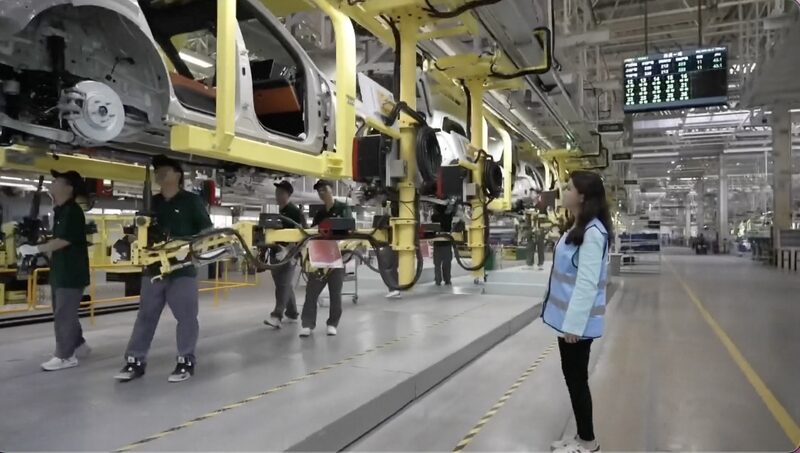As global tariffs reshape trade dynamics, China’s manufacturing sector is undergoing a strategic transformation, blending innovation and adaptability to secure its position in international supply chains. From Anhui’s auto parts workshops to Zhejiang’s tech-driven footwear factories, industries are redefining resilience in the face of geopolitical and economic pressures.
Anhui’s Auto Parts Evolution
In Anhui province, small-scale auto parts manufacturers are pivoting to high-precision components for electric vehicles (EVs), leveraging automation to offset rising export costs. One factory manager noted, ‘We’re no longer competing on price alone—smart manufacturing lets us deliver value tariffs can’t erase.’
Zhejiang’s Digital Footprint
Footwear producers in Zhejiang have adopted 3D design platforms and AI-driven demand forecasting, cutting production lead times by 40%. This digital leap allows rapid customization for markets with varying tariff structures, maintaining competitiveness despite trade barriers.
Guangdong’s Strategic Relocations
Bag manufacturers near Guangzhou are decentralizing operations, establishing satellite facilities in Southeast Asia while retaining R&D hubs in the Chinese mainland. This ‘dual-base’ model balances cost efficiency with supply chain security, reflecting a broader trend of calculated diversification.
Analysts suggest these adaptations signal a maturation of China’s industrial strategy, prioritizing long-term stability over short-term gains. As one trade economist observed, ‘The new playbook isn’t about avoiding tariffs—it’s about building systems that thrive despite them.’
Reference(s):
The Tariff Survival Playbook: China's manufacturing reinvention
cgtn.com








